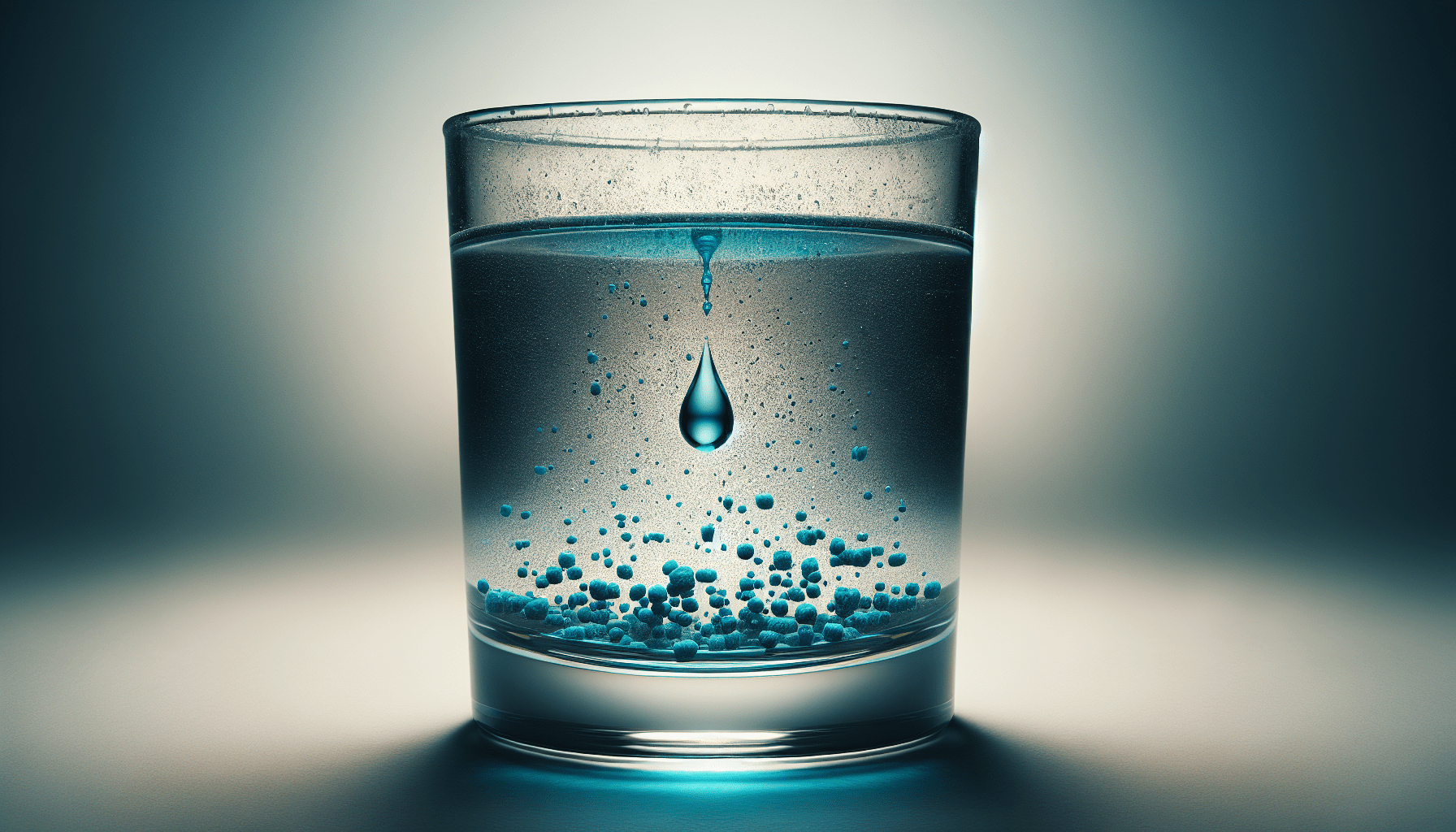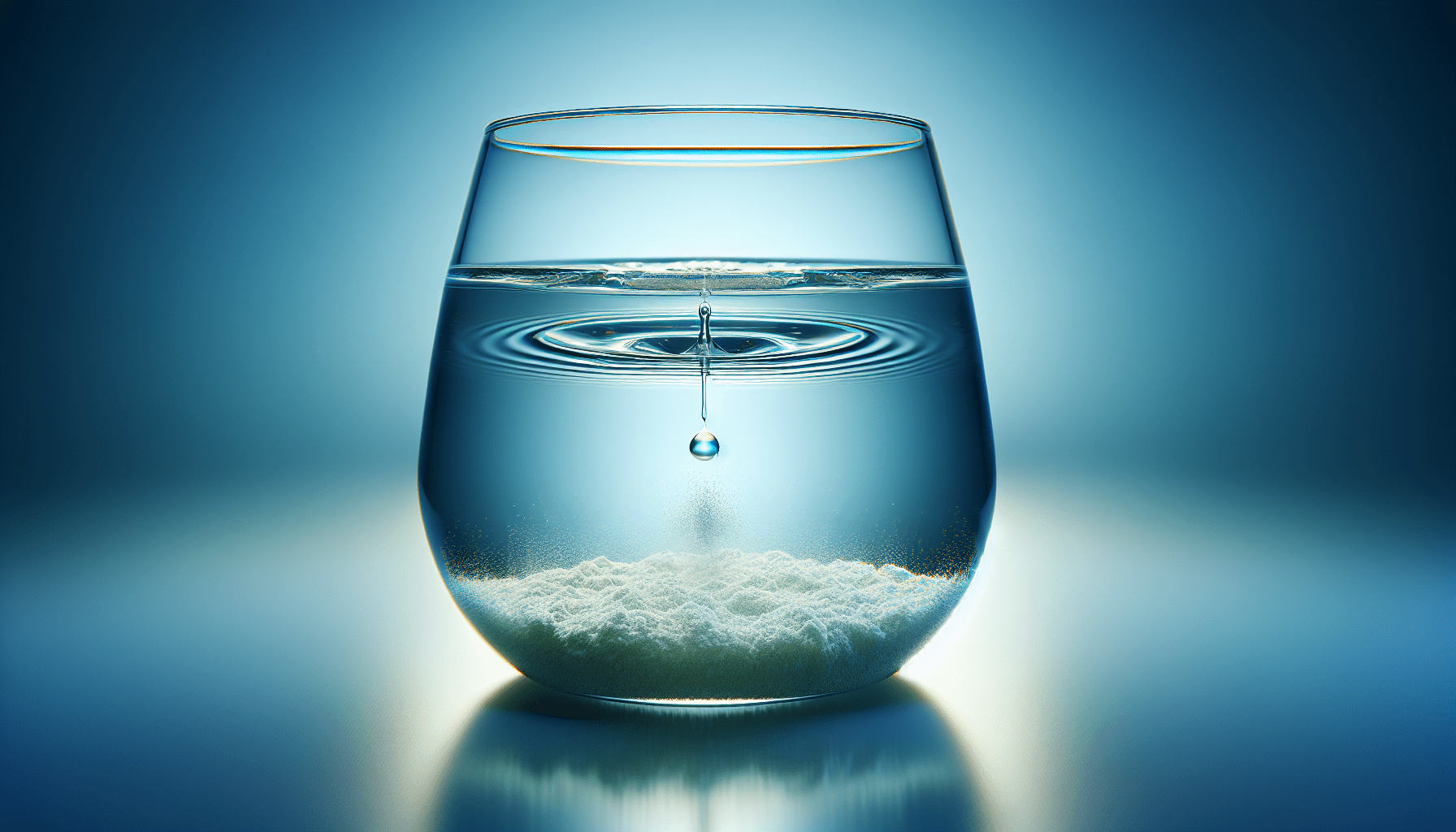This post may contain affiliate links which means I may receive a commission for purchases made through links. Learn more on my Private Policy page.
Hey there! In this article, we’ll explore the crucial topic of understanding the impact of fertilizer and pesticide use on water quality. By delving into how these chemicals affect our water sources, you’ll gain valuable insight into what steps can be taken to ensure the health and safety of our environment. So, let’s dive in and learn more about this important issue together! Have you ever wondered about the impact of fertilizer and pesticide use on water quality? In this article, we will dive deep into this important topic to help you understand how these common agricultural practices can affect the water we rely on for drinking, agriculture, and recreation. Let’s explore the key factors and potential solutions to protect our water resources from harmful contamination.
The Role of Fertilizers and Pesticides in Agriculture
Fertilizers and pesticides are essential tools used in modern agriculture to boost crop yields and protect plants from pests and diseases. Fertilizers provide plants with essential nutrients like nitrogen, phosphorus, and potassium, while pesticides help control insects, weeds, and diseases that can threaten crop health. While these inputs are crucial for ensuring a successful harvest, their misuse or overuse can have detrimental effects on water quality.
How Fertilizers Impact Water Quality
When fertilizers are applied to fields, they can be washed off by rainwater or irrigation into nearby water bodies like rivers, lakes, and streams. This runoff carries excess nutrients like nitrogen and phosphorus, which can lead to a phenomenon known as eutrophication. Eutrophication occurs when these nutrients cause excessive algae growth, which can deplete oxygen levels in the water and harm aquatic life. This process can result in fish kills, foul-smelling water, and the loss of biodiversity in affected water bodies.
How Pesticides Impact Water Quality
Pesticides have the potential to contaminate water sources through runoff, leaching into groundwater, and drift during application. These toxic chemicals can pose serious risks to aquatic organisms, including fish, amphibians, and insects. Some pesticides have been linked to negative impacts on human health, such as increased cancer risk and reproductive issues. Moreover, pesticide residues can persist in water sources for an extended period, leading to long-term environmental damage.
The Impact of Fertilizers and Pesticides on Human Health
In addition to harming aquatic ecosystems, the presence of fertilizers and pesticides in water sources can also pose risks to human health. When contaminated water is consumed or used for bathing, irrigation, or recreation, individuals may be exposed to harmful chemicals that can have adverse effects on their well-being. Understanding the potential health risks associated with these contaminants is crucial for safeguarding public health and implementing effective water quality management strategies.
Health Risks of Nitrate Contamination
One of the primary concerns associated with fertilizer use is nitrate contamination in drinking water sources. Nitrate is a common component of fertilizers, particularly those containing nitrogen compounds like ammonium nitrate and urea. When nitrate levels exceed regulatory limits in drinking water, it can pose health risks, especially for vulnerable populations such as infants and pregnant women. High nitrate intake has been linked to methemoglobinemia (or “blue baby syndrome”), a condition that reduces the blood’s ability to carry oxygen, leading to serious health complications.
Health Risks of Pesticide Exposure
Pesticides contain a variety of chemical compounds that can be toxic to humans if ingested, inhaled, or absorbed through the skin. Acute pesticide poisoning can result in symptoms like nausea, dizziness, and respiratory distress, while chronic exposure to low levels of pesticides has been associated with long-term health effects. Certain pesticides have been classified as potential carcinogens, neurotoxins, and endocrine disruptors, raising concerns about their impact on human health even at low concentrations in water sources.

Protecting Water Quality Through Best Management Practices
To mitigate the negative impacts of fertilizer and pesticide use on water quality, it is essential to implement best management practices (BMPs) that promote sustainable agricultural practices and environmental stewardship. By adopting these strategies, farmers, landowners, and policymakers can minimize nutrient runoff, pesticide contamination, and other sources of water pollution, ensuring the long-term health and vitality of our water resources.
Implementing Nutrient Management Plans
Nutrient management plans are designed to help farmers optimize fertilizer use, reduce nutrient losses, and improve crop productivity while safeguarding water quality. These plans involve soil testing to determine nutrient levels, matching fertilizer applications to crop requirements, and avoiding excessive nutrient inputs that can contribute to runoff. By adopting precision agriculture techniques and incorporating organic amendments like compost and manure, farmers can improve nutrient use efficiency and minimize the environmental impacts of fertilizers on water quality.
Adopting Integrated Pest Management (IPM) Strategies
Integrated Pest Management (IPM) is a holistic approach to pest control that emphasizes proactive strategies to minimize pesticide use and promote biological, cultural, and mechanical control methods. By implementing IPM practices, farmers can reduce reliance on chemical pesticides, target specific pest populations, and enhance natural pest control mechanisms. This approach not only helps protect water quality by reducing pesticide runoff and leaching but also promotes ecosystem resilience, biodiversity, and soil health in agricultural landscapes.
Regulatory Frameworks for Water Quality Protection
Regulatory frameworks play a crucial role in protecting water quality from the negative impacts of agricultural activities, including fertilizer and pesticide use. Government agencies at the federal, state, and local levels establish policies, standards, and enforcement mechanisms to safeguard water resources, monitor pollution levels, and ensure compliance with environmental regulations. By working collaboratively with stakeholders, conducting scientific research, and implementing effective management practices, regulators can help prevent water contamination and promote sustainable water management practices.
The Clean Water Act (CWA)
The Clean Water Act (CWA) is a landmark federal law that regulates water pollution in the United States, aiming to restore and maintain the chemical, physical, and biological integrity of the nation’s water bodies. Under the CWA, the Environmental Protection Agency (EPA) sets water quality standards, issues permits for point source pollution discharges, and supports state-led efforts to address nonpoint source pollution from agriculture, urban areas, and other sources. By enforcing pollution control measures and funding clean water initiatives, the CWA plays a critical role in protecting and improving water quality nationwide.
State and Local Water Quality Regulations
In addition to federal laws like the CWA, states and local governments also play a key role in regulating water quality through their own laws, regulations, and programs. State departments of agriculture, environmental protection agencies, and natural resources departments oversee water quality monitoring, pollution prevention, and enforcement activities, tailored to the specific needs and challenges of their regions. By collaborating with stakeholders, conducting outreach and education, and implementing targeted initiatives, state and local authorities can address agricultural water pollution effectively and safeguard public health and the environment.

Conclusion: Promoting Sustainable Water Management Practices
In conclusion, understanding the impact of fertilizer and pesticide use on water quality is essential for protecting our precious water resources and ensuring a safe, healthy environment for current and future generations. By implementing best management practices, adopting sustainable agricultural techniques, and supporting strong regulatory frameworks, we can minimize water pollution, promote ecosystem health, and preserve the integrity of our water sources. As stewards of the environment, it is our collective responsibility to prioritize water quality protection and work together to create a sustainable future for all. Thank you for taking the time to learn more about this critical issue, and remember that your actions can make a difference in safeguarding water quality for the benefit of all.
This post may contain affiliate links which means I may receive a commission for purchases made through links. Learn more on my Private Policy page.

